Celebrating Black History Month With Salsa Music & Dance

As we celebrate Black History Month this year, we cannot ignore the African origins of Salsa music. We also cannot ignore hugely talented black musicians and singers that have helped shape the history of Salsa music.
If you are a Salsa With Silvia student, you know that while we offer a variety of dance styles, Salsa is our main focus. There isn’t a day at the studio when you wouldn’t hear the sound of Salsa as you walk into our doors. Since Salsa is such a huge part of our daily curriculum, we wanted to make sure that we share some important facts about its origins, especially now during Black History month. In this article, we’ll share great resources about the history of Salsa, as well as iconic black artists that have contributed to its popularity around the World.
Before we get into the facts, we’d also like to mention that we could not be prouder to be an incredibly diverse studio, where students and employees of all races have found their dance home and are a part of the growing Salsa With Silvia community.
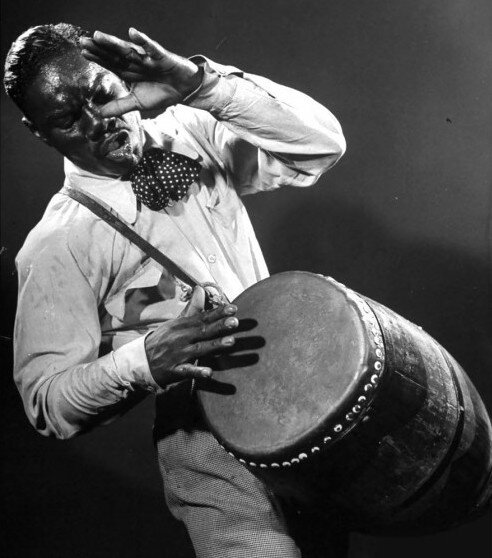
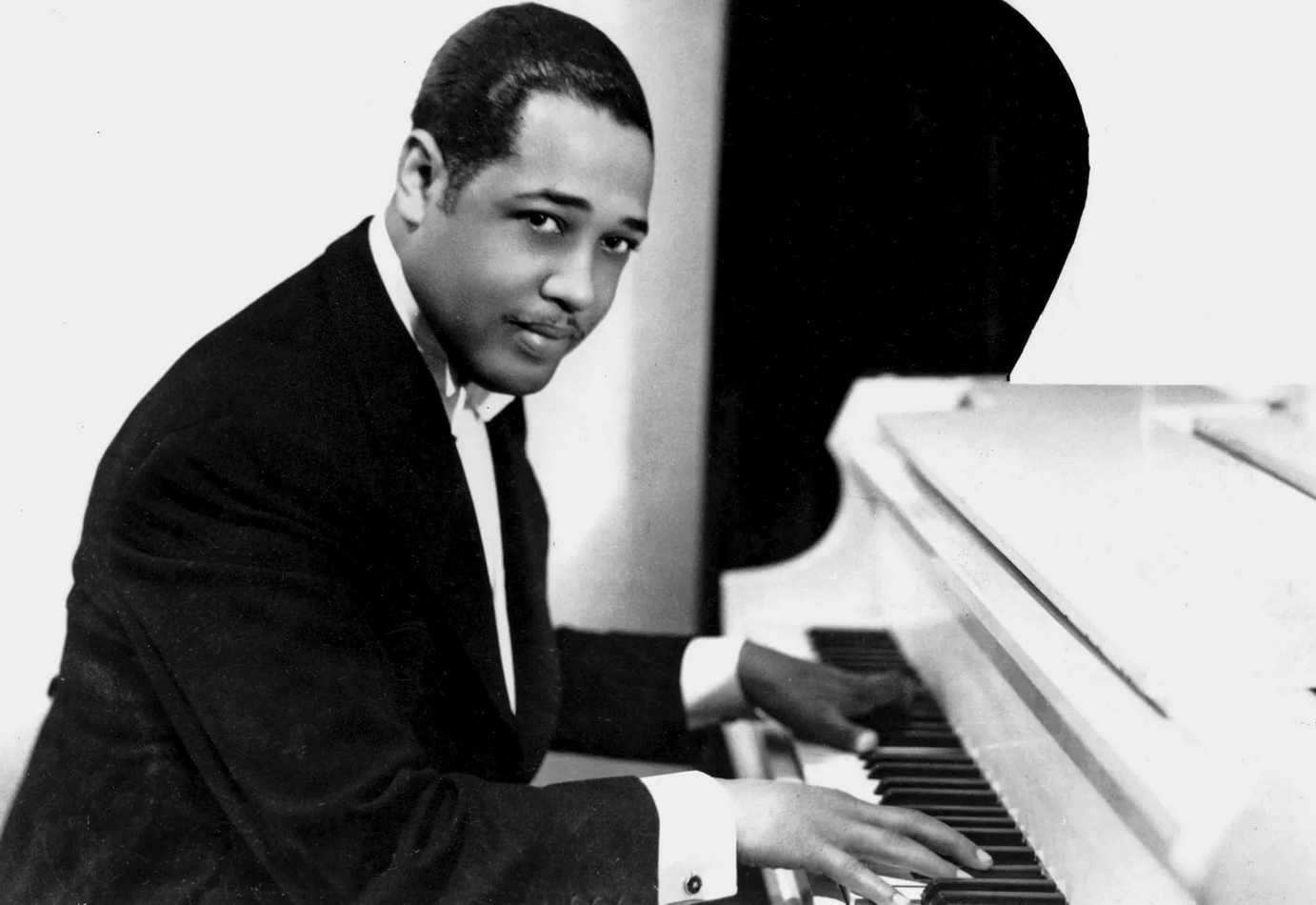
Salsa + son Cubano
Salsa music is deeply influenced by son Cubano. Son Cubano would translate as “the Cuban sound”. Son Cubano is related to a music genre that came from Cuba and uses European and African musical instruments and traditions. Overall, Salsa is a mixture of a multi color musical palette, including Cuban danzón, rumba, guaracha, cha-cha-chá, mambo, and son montuno, as well as cumbia to Latin jazz.
Son Cubano originally came from Cuba’s Oriente province. The original and traditional Son Cubano music was made by Cubans whose ancestry linked to the central African Bantu region. Bantu Cubans moved from Africa to Havana and so did the son Cubano genre, heavily influenced by African and Spanish musical traditions. From the capital of Cuba, Son Cubano made it to the night clubs of New York city, where it was adopted by famous live bands and artists such as Duke Ellington and Tito Puente.
The Salsa Revolution At The Palladium Ballroom
The Palladium Ballroom, located at the northeast corner of Broadway and 53rd Street, also known as Home Of The Mambo, was the place where son Cubano music transformed into a giant movement 1945. That’s how Salsa music was born!
The Palladium Ballroom became the world center of Latin Music, where musicians and dancers of all races expressed their creativity and passion on or off stage.
Salsa exploded and the Palladium became a place where blacks, whites and Latinos were united by music during a time when segregation and racism were very much the extreme reality.
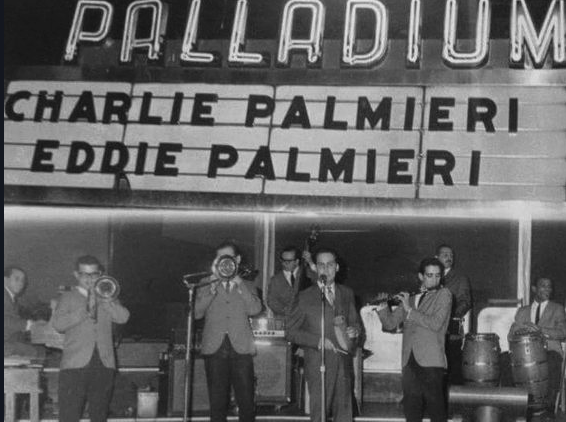
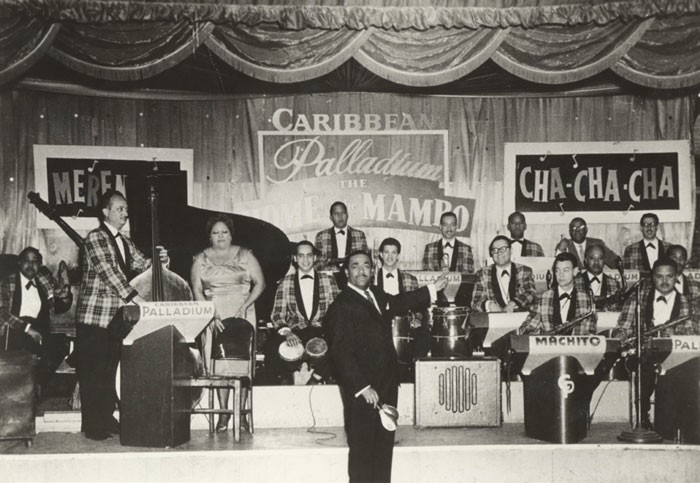
This documentary features our very own DMV promoter Earl Rush. Watch to see why it’s important to know where the Salsa Rhythm comes from.
Do You Know Your Salsa Rhythm?
If you are going to dance to Salsa music, it’s important to understand what you are hearing. Picking on the different instruments could help you understand the beat in the music on which you should start moving. That’s how we define styles of dancing such as Salsa on 1 or Salsa on 2. Salsa music. Just like the food/sauce salsa, is a mixture of rhythms, instruments and sounds. Those include:
- Claves = Bell Patterns
- Afro-Cuban and Afro-Caribbean rhythms from West Africa
- The piano montuno - very typical for every Salsa song, alongside the clave patterns
- Bass patterns of course!
- Vocals (traditionally in Spanish)
- A mixture of Latin American musical influences
More specifically, to list the instruments commonly heard in Salsa: singer’s vocals, guitar, piano, trombone, trumpet, sax, bass, congas, bongos, claves, timbales, cowbell, maracas, and more.
Celia Cruz - The Queen Of Salsa
It would not be a proper celebration of Black History Month without mentioning the name of the Queen of Salsa – Celia Cruz.
Celia Cruz dedicated her entire life to what she loved the most: singing and popularizing music from her home country! She was an Afro-Latina from Cuba. She left Cuba in the 60s to tour in Mexico and never returned home because of the political scene in Cuba.
Celia Cruz eventually found her way to the mecca of Salsa music: New York City. This is where she became the main engine behind the Salsa revolution in the 70s. It was in New York City where Cruz earned her title The Queen Of Salsa (La Reina De La Salsa). In her long career, she has performed with artists like Tito Puente, Willie Colón, Johny Pacheco, and others.
With two Latin Grammy Awards, a stamp at the National Postal Museum, and a distinguished and memorable fashion style, Celia Cruz will always remain a giant icon of Latin music.
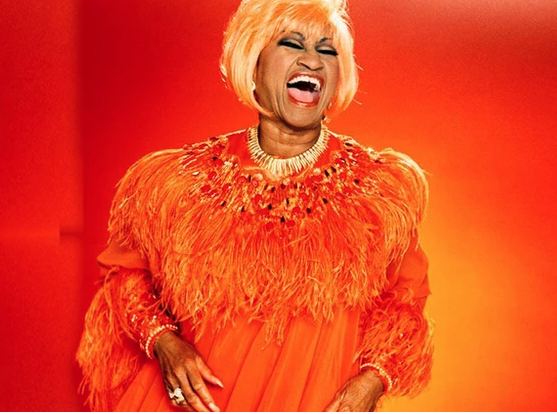
Share Your Salsa Facts
We’d love to hear what you know about Salsa dance and music and how it relates to Black History. Share your facts and we’ll add them to this web page. Let’s help each other learn more and celebrate Black History Month.
Visit | Contact
- Washington DC Location
3232 Georgia Ave. NW, Suite 104
Washington, DC 20010
Phone: (202) 643 1870
Email: dance@salsawithsilvia.com
- Bethesda, MD
4731 Elm Street (Second Floor),
Bethesda, MD, 20814
Phone: (301) 760 4423
Email: dance@salsawithsilvia.com
Our Reviews
- All copyrights reserved. Salsa With Silvia, LLC, Salsa With Silvia Ballroom, LLC. All prices are subject to change. No refund policy.
